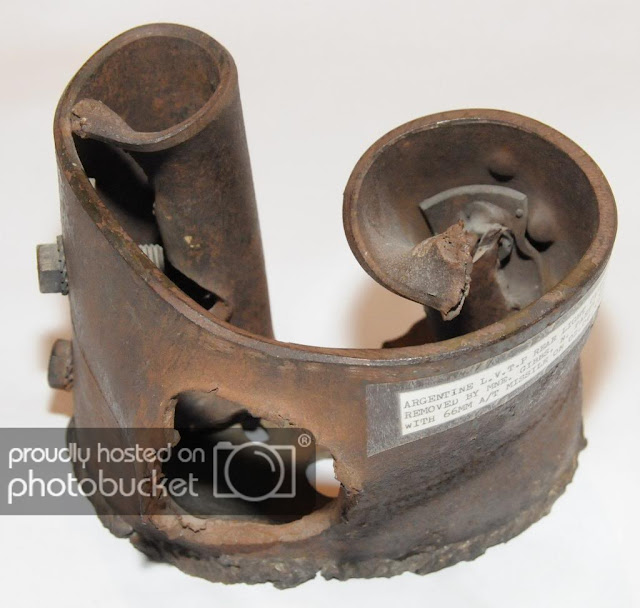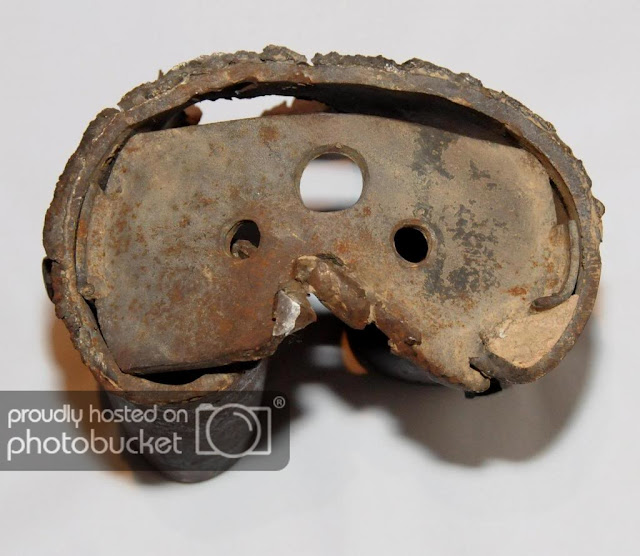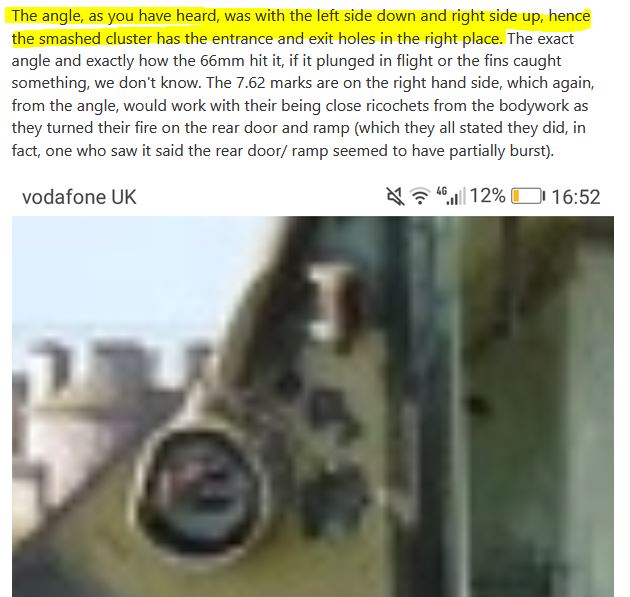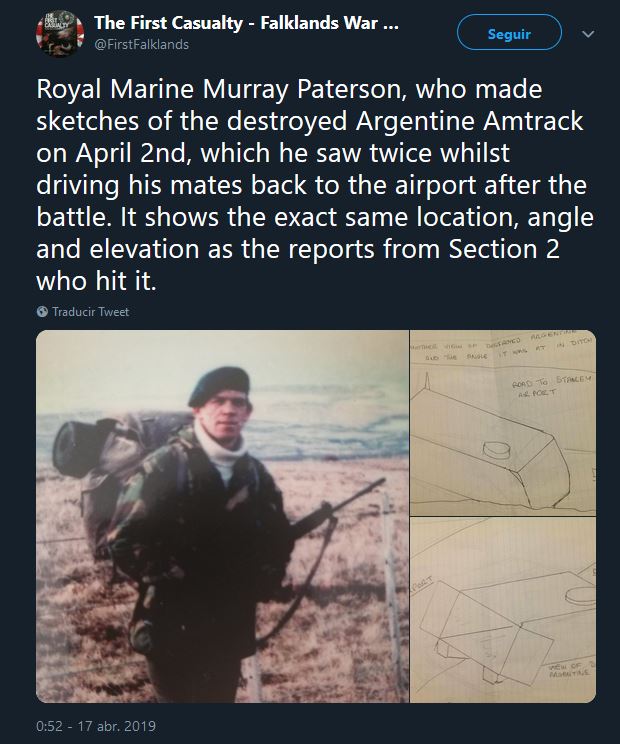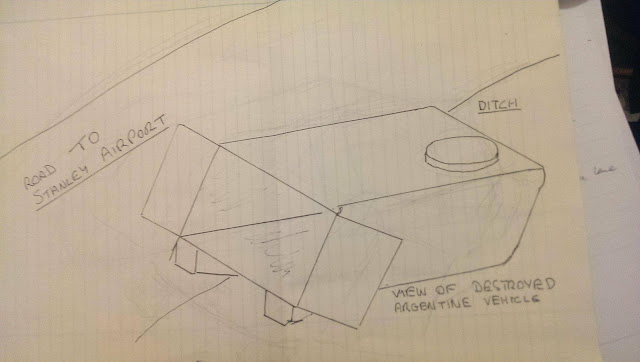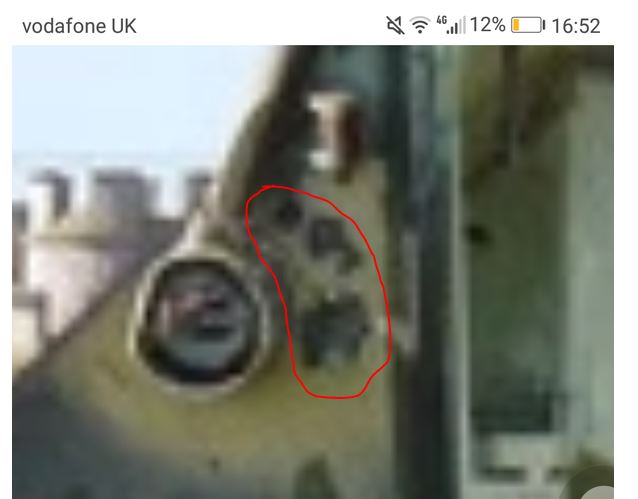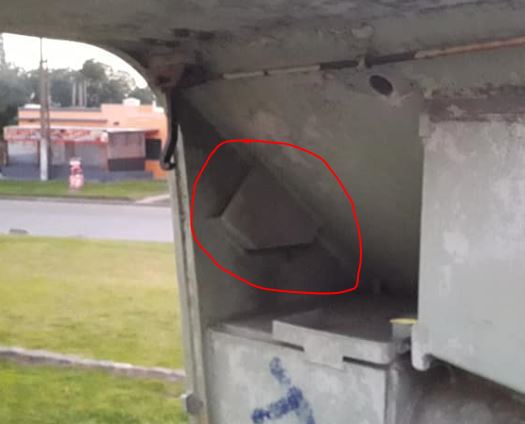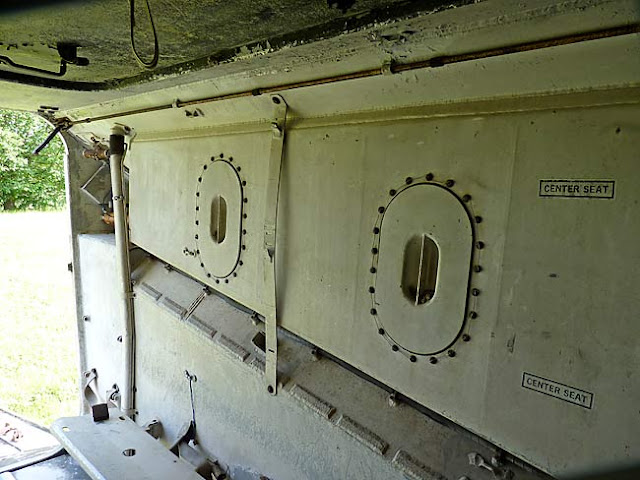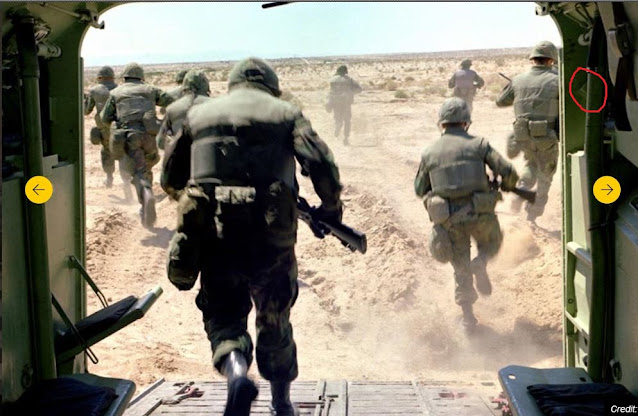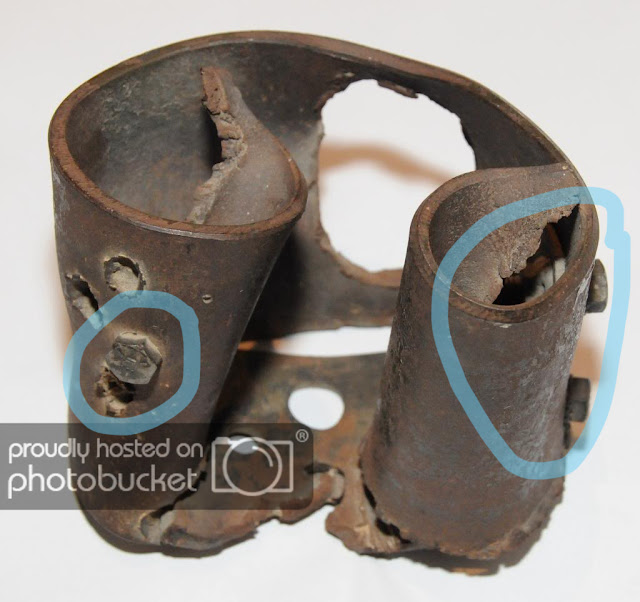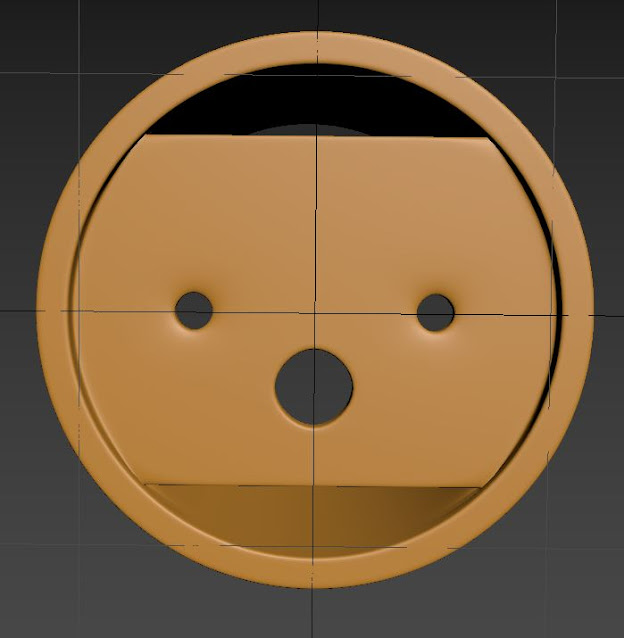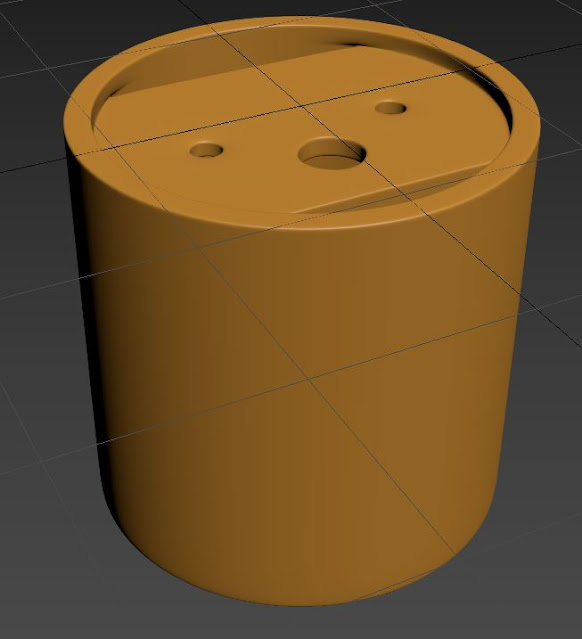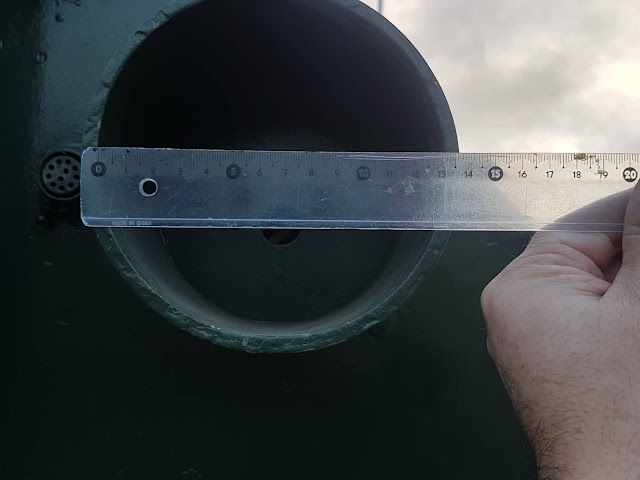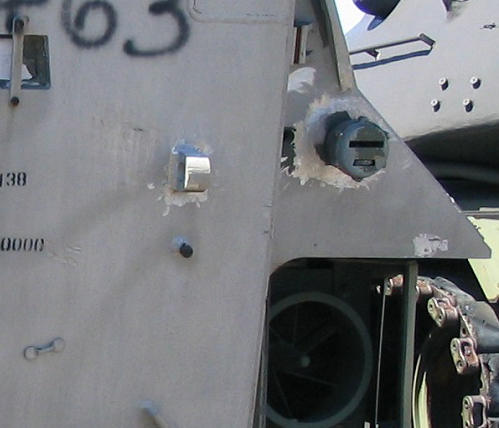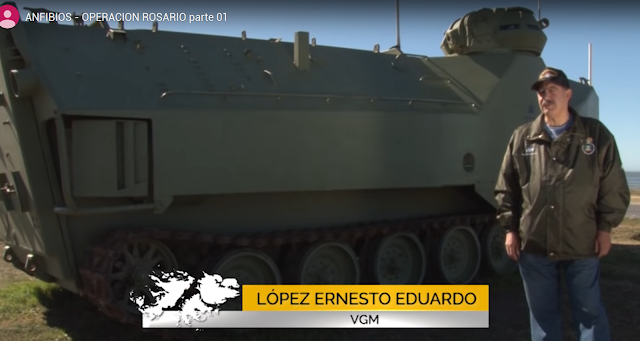LVTP-7: Rear Light
An analysis of the impossibility to impact the rear light from the RM positions in such a bizarre trajectory, more pictures and videos reveals that there's no sign of battle damage in the rear area; and that the rear light used as evidence by Phillips is a falsification.
A war relic
The left rear light cluster, pierced through with another rocket and
bullets. This cluster was shown by the author during the presentation of his
book:
Click on pictures to enlarge
I found more pictures of it, and it appears to be removed by a cutting disc, the border is too clean for being ripped by RPG impact or torch cut as stated in the book.
Some issues with that piece
Firstly, it looks more similar to the right cluster, because the left one has
several accessories attached, like this:
But let’s give it a pass, we can take a closer look at the exit hole:
The rocket passed right through, at roughly 90 degrees, from one side to
the other, but which side? Let’s see the mounting holes:
Two small holes and a bigger one forming a triangle. Now the mounting holes
in the Amtrac’s left side:
Small holes up, big hole down, it seems like the rocket came straight from
above and pierced through vertically to the ground.
A weird impact angle
Assuming that the cluster is legitimate (I
would like to see that authentication from Bovington Museum that Phillips
mentioned), it’s still impossible for the Royal Marines to hit the cluster in
that angle. Let’s see his new explanation:
Left side down, right side up… it’s funny,
because his own witness, RM Murray Patterson said the exact opposite:
Apart from the confusion of the rear ramp
drawn as doors and the nose shape (an ambulance? An ice cream truck?), it’s
clear that the supposedly destroyed VAO was left side up, right side down.
Pitting, scabbing and spalling
But enough explanations, let’s see the VAO 17 pictures:
Apart from weathering, cracked paint, and the slightly
bent housing, there’s no pitting, scabbing, spalling or any sign of enemy
fire damage, outside or inside the vehicle. What Phillips saw as “pitting”
in an over zoomed low-resolution image was just these connectors, chipped paint
and a bent support:
This internal trapezoidal piece isn't a repairing patch either, in these pictures you can see that is present
in other LVTP-7s:
Authentic or not?
There’s even some issues with the cluster’s authenticity, let’s analyze the
features in this piece. There are three main components in it, the cylindrical
shroud, a rectangular bottom piece, and three bolts and nuts fixed to the
sides:
There’s no rectangular bottom piece, it’s just
a cylinder welded to the hull, and the bolts and nuts are not present in the
left cluster either:
Not only that, if you compare how rusted is
the “war relic” against the piece in this pictures, then appears something
crucial: the relic is made of a different
material, most probably some kind of
steel, while the real shroud is made of aluminium, like the rest of the
hull. Welding
steel to aluminium is complicated , requires
special techniques and it’s expensive; a rear
light cover isn’t vital enough to justify those inconveniences. Moreover, it’s
not advised for a seafaring vehicle: “when you put two dissimilar metals in
electrical contact in the presence of a conductor such as salt water, a voltage
is produced and the metal that is higher in the EMF chart is preferentially
corroded. This is called galvanic corrosion. When you join aluminum and steel
together, the aluminum will be preferentially corroded. Surprising, isn’t it,
since we think of aluminum as being more corrosion-resistant than steel? In
fact, aluminum is more resistant to general corrosion than steel. What I am
describing here is a preferential corrosion that occurs locally at an
aluminum/steel joint.”
There we can see the light fixture attached to
the hull and covering the mounting holes, that implies that the cover is in
fact just a cylinder welded to the vehicle.
I had a chat with NCO Ernesto López, who was
in charge of the Recovery VAO during the Argentine landing and after viewing
the pictures, also contested the relic’s authenticity, confirming that the
piece is made of aluminium.
Just as a corroborating experiment, I asked my
friend Sebastián to use a magnet to see if it sticks to the cluster and the
hull, as we expected, the magnet didn’t stick, except to the rusty steel bolts
and electrical contacts protruding from the cover.
In conclusion, I can say that the proposed
relic is probably a falsification, the angle of penetration is incompatible
with the supposed witnesses’ accounts, and finally, VAO 17 doesn’t show any
sign of damage in the rear section.
Next: LVTP-7 Nose Patch



